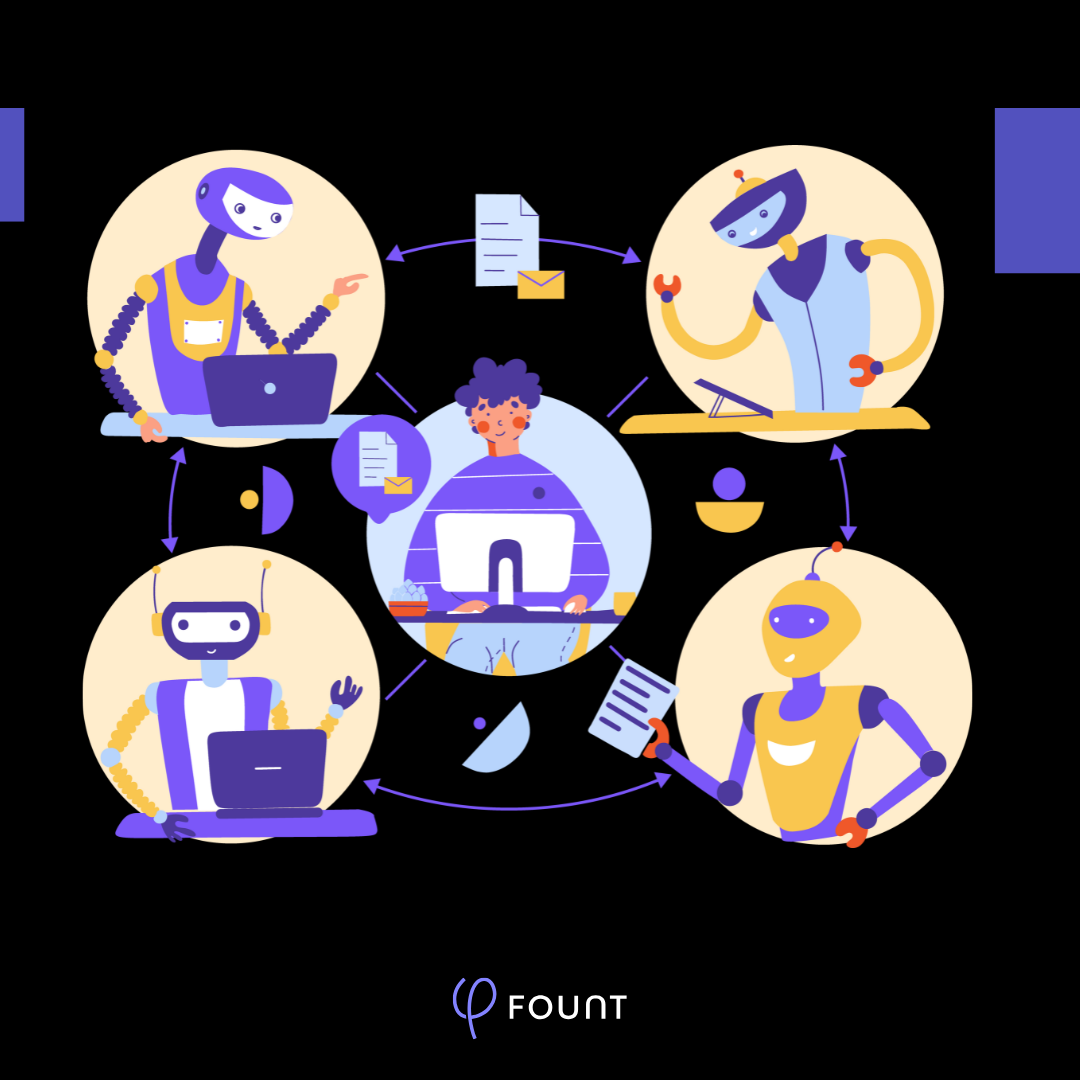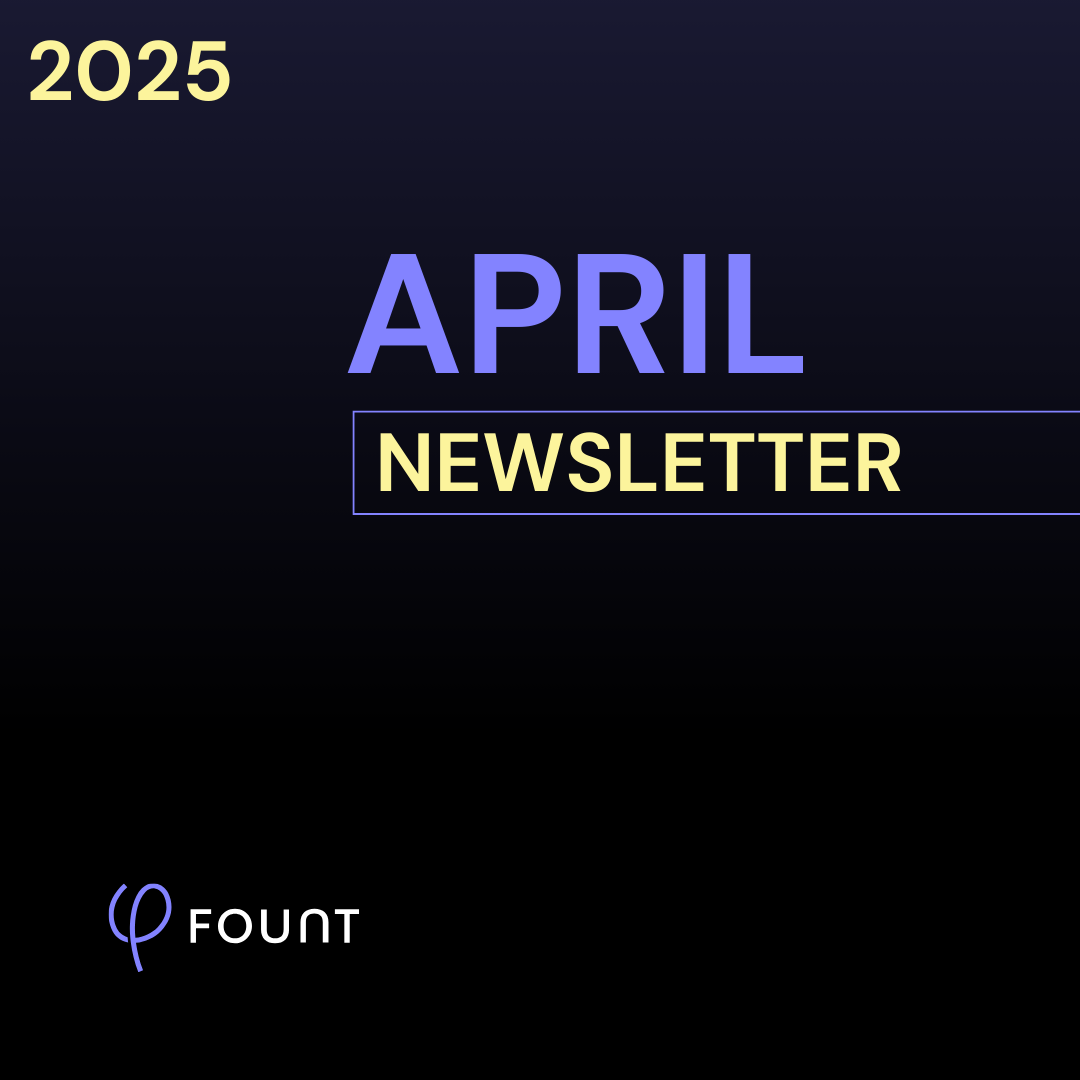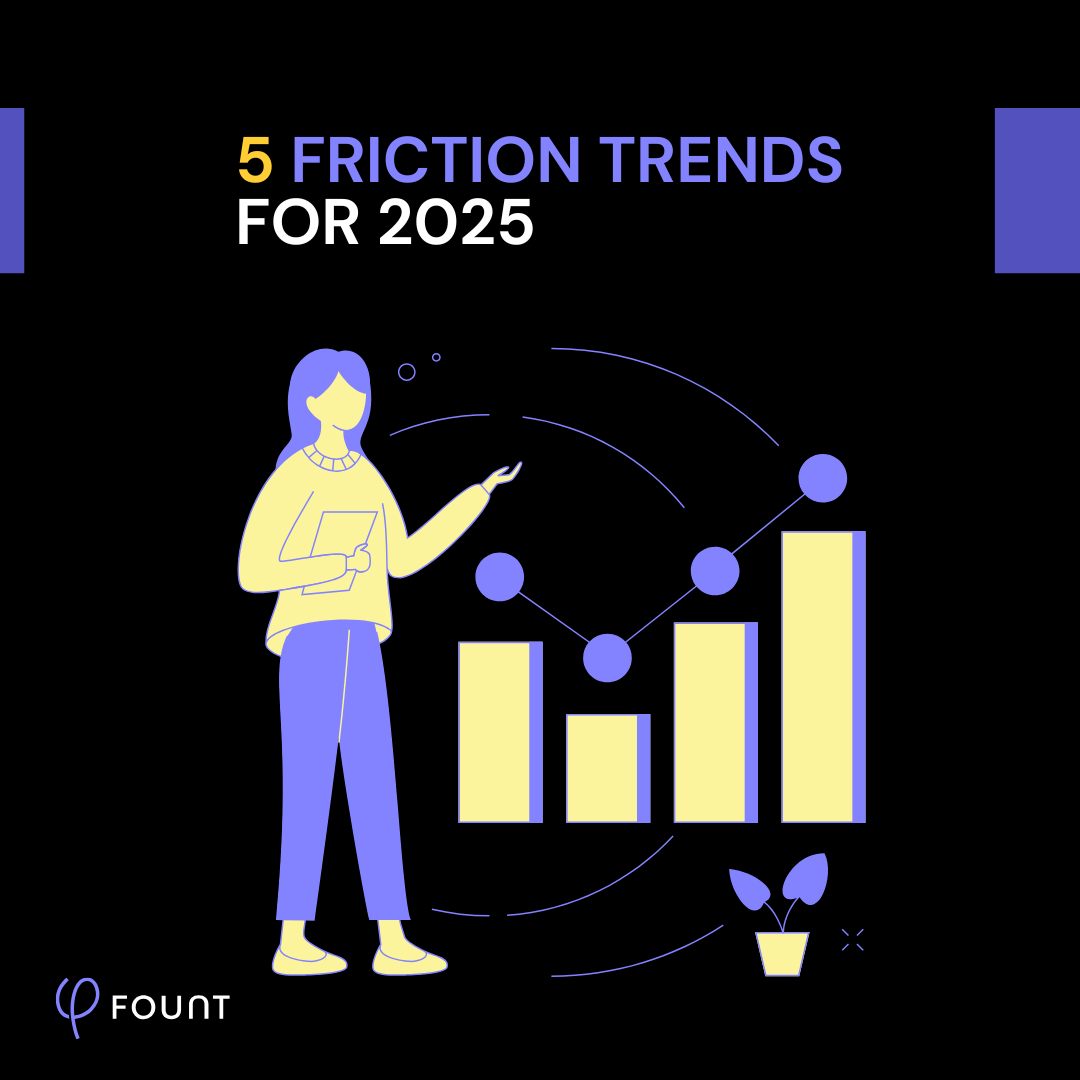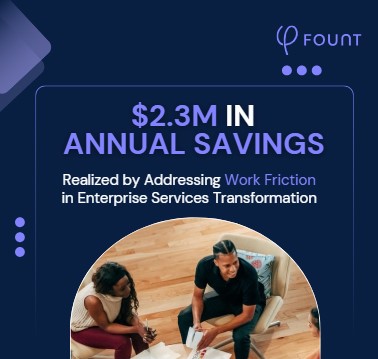Table of Contents
The Work Friction Files, Part 1: The Real-World Cost of Missing Data
A summary of the details of the article will go here.
Everyone’s experienced work friction at one point or another. But for many leaders, it’s hard to grasp the impact without real-world stories.
We’ve gathered a few (all anonymized) from our network, and we’ll be sharing them on the blog as part of a new series. We’re calling it the Work Friction Files.
First on the docket: a case of missing customer data at a Software as a Service (SaaS) company. Read on for more about that problem, plus its impact on the customer success team – and eventually the entire company.
The Moment of Friction: Searching for Customer Data that Doesn’t Exist
One of the customer success team’s most important responsibilities was driving increased product adoption within their customer accounts. The logic: for SaaS companies, higher adoption means more unique users, and more users means higher ARR (recurring revenue). Additionally, these growing customers were the most likely to invest in additional features, services, and products.
But when employees went to search for one key metric – the number of unique user logins – they realized that the company wasn’t tracking that data. No matter the number of VLOOKUP commands across countless reporting spreadsheets, the data simply didn’t exist.
This posed a huge problem. The company charged by user, but it was essentially trusting customers to tell them when they needed more seats. Additionally, app login data was a major determinant of engagement. And without that data, employees couldn’t adequately target their outreach. In other words, they couldn’t do their jobs – even though leadership still expected a bump in renewals.
The Cost: Poor Workarounds, Employee Attrition, and Missed Revenue Opportunities
Like all work friction, the customer success team’s missing data problem had a steep cost.
To start, employees wasted hours creating workarounds to cobble together a sense of customer engagement. They turned to other potential engagement indicators, which were imprecise and scattered across various reports and dashboards – where a new hire might not know to look.
As a result, experienced team members spent time building out informal guides to help new folks find the data they needed. They also shared how long that process might take (say, two or so hours each week) so others could budget their time accordingly.
These time-intensive workarounds left employees not only frustrated with the work, but less able to meet customer growth KPIs that earned them bonuses. And over time, frustration led to burnout, and burnout led to attrition. High performers simply left to seek greener pastures.
To make things worse, this turnover created even more work friction. The veterans who stuck around had to bring more and more new hires up to speed – exhausting work at such a clip. Eventually, those veterans quit the company too.
Then, of course, there was the revenue impact. Without the data to accurately charge their customers or precisely target their outreach, employees let customers renew at their existing user level and wasted time on less engaged customers while the biggest upsell opportunities fell through the cracks. There’s no way to accurately quantify the lost revenue here. But it’s a safe bet that the figure is staggering.
The Takeaway: Work Friction Data Could Have Shown Leaders the Scale of the Problem
The costs above were symptoms of work friction, and rather hard ones for the company’s leaders to miss. What they did miss, though, was the source of the problem itself.
This made sense to an extent: after all, the leaders weren’t the ones scrambling for data every week. But with the right knowledge about their employees’ biggest pain points, they could have identified a major work friction moment (missing app login data) and designed a solution (collecting and cleaning that data) to lighten workers’ loads.
It’s also worth noting that work friction data enables leaders to discover similar moments of friction in other departments. It’s a bit like finding moldy bread: if you can already see mold on one slice, it’s probably spread through the entire loaf.
In the context of work friction, there’s a good chance this company’s data problem was pervasive, impacting employee satisfaction and revenue generation throughout the entire business.
Find The Worst Moments of Friction with the Right Software
Missing data was a huge source of work friction for this customer success team. And in our experience, it’s a common problem at many companies. But it’s rarely the only one. Most teams have issues with the software they use every day. Or the process to get a report approved.
Work friction data helps teams unearth these problems and more. But that data is only as good as the software used to collect it.
That’s our specialty at FOUNT. Our friction-finding software helps companies craft targeted employee surveys, extract the worst moments of friction, and build out high-impact solutions. Want to learn more? Let’s start a conversation.
Related Resources
See all News
Events
LIVE Webinar – July 9th for SSON Network. Beyond AI Hype: How to De-Risk Your GBS Transformation with Friction Data

Insights
To Create New Value, GBS Leaders Need Different Data

Insights
How to Keep Up with the Latest AI Developments

Insights
APRIL Newsletter. Friction: You Can’t Improve What You Can’t See

Guest Post
AI is Reshaping the HR Operating Model: Here’s What 15 Leading Companies Discovered

Insights
5 Friction Trends for 2025
Research
WHITEPAPER: Work Friction

Insights
FOUNT vs. Process Mining vs. Employee Engagement




